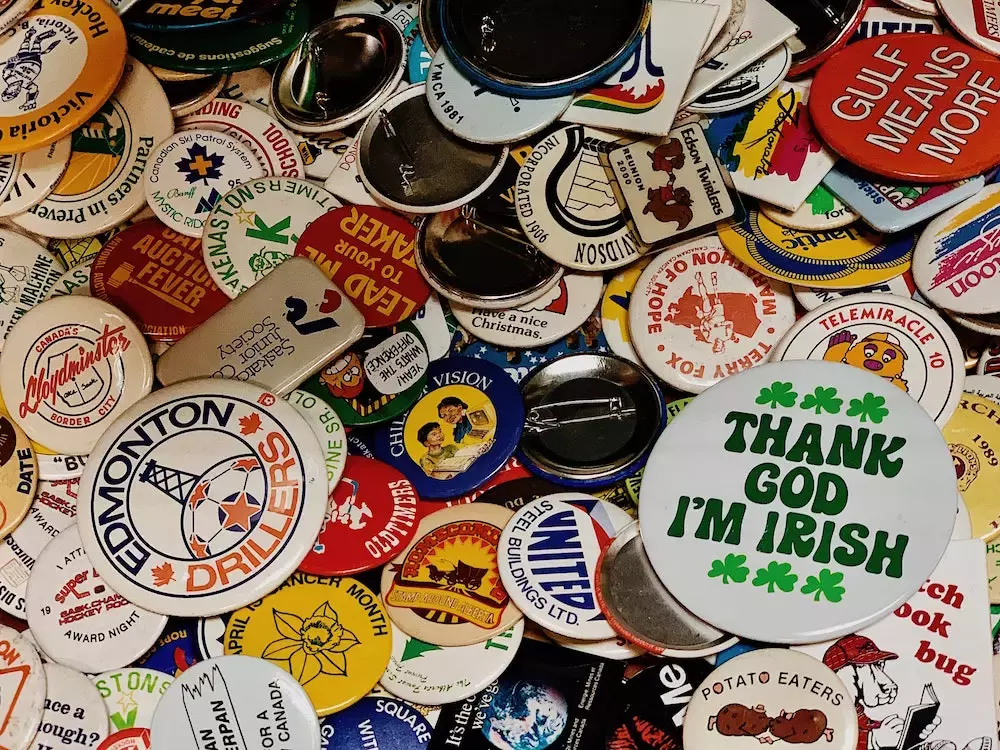How to Make Metal Buttons by Hand
2020-08-10
Campaign season is in full swing, but it doesn't matter if you're showing off which candidate you prefer or if you want funny metal buttons to liven up a bag or vest. You can create professional-grade metal buttons by hand and with just a touch of effort. A button maker can drastically upgrade the quality of made-at-home buttons and pins while also reducing the time you spend on these projects.
Setting Up the Button Maker
Most button makers will come already assembled, but larger button makers require a bit of attention. If you're using a bigger button maker, you may have to assemble the dies and the handle. Both are simple installations.
Your button maker shouldn't require any batteries or access to power because they should all rely only on an average adult's hand strength. If you need to assemble the machine, then it's likely that you may need to screw the machine down to the base or install the dies.
The dies are the top and bottom inserts of the button maker, and they usually come as a set. You will need to install the top and bottom into their respective positions. However, some models will have two dies for the bottom for pin-back and button key keychains.
Gathering Your Materials
All button makers will use mainly the same process and have the same parts. The materials for buttons or pinback-pins will always include one metal piece, the transparent mylar piece, and the pinback or the button back.
The issue to worry about is that the materials are compatible with your machine’s size. The standard size is about 2.25-inches. It’s great to order materials online and in bulk.
Print Your Designs
The enjoyable part of putting together pins is the design process. You can easily print out the design that you like, or that you made and turn it into a button. Additionally, you don't need special paper to do this; standard copy paper will work just fine. It's best to avoid thicker cardstock if at all possible.
To bring your designs to life using photo-editing software or graphic design creation software. If you're not using your photos, Canva is a great place to start and has tons of free-to-use images and graphics.
When it comes down to the actual printing, you'll want to make sure that your design fits the pin measurement. Also, the higher quality of the paper and printer, the better your pins will look!
Cut the Design
One trick to making the design cutting easy is to put a thick black circular border over your design. You can also use a paper die add-on for your button maker to ensure that each cut is in a perfect circle and exactly pin-shaped.
Paper cutting is time-consuming and can lead to many frustrating hand cramps. Look at different rotary cutters and paper die cutters to help punch out your designs quickly and with little effort.
Press Your Buttons
Each button maker machine should be able to accommodate different types of buttons. You can press your metal-back, pin-back, and even use a button maker to make keychains or custom bottle-openers.
To start pressing, you'll need to align the metal back, then the piece of paper with your design, and then the mylar film. That "sandwich" will become very familiar, and you will probably pick up your pace in making these sandwiches within the machine pretty quickly.
When pulling the lever down, you should put your weight into it. There's little harm that can come from putting extra weight in, while not putting enough pressure into the lever will result in half-made pins.
These button makers can often churn out between 200 and 300 pieces per hour once you get into a good rhythm. Using manual machines like this makes it easy to put out large batches at a time!
If you have any questions or concerns about the button making process or your button making machine, please don’t hesitate to contact our customer service team.





